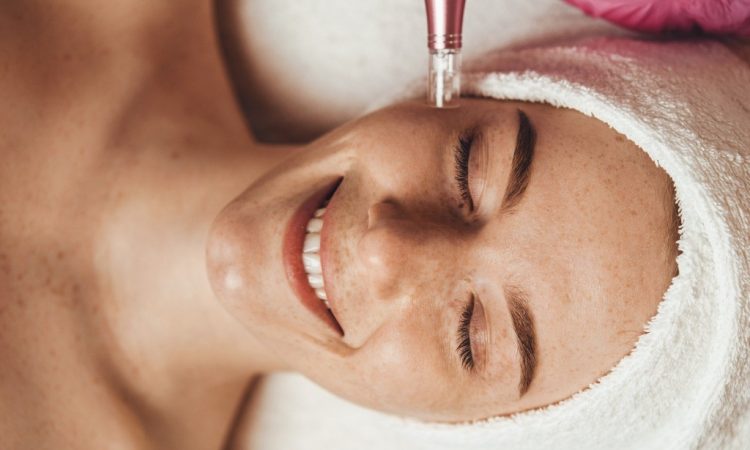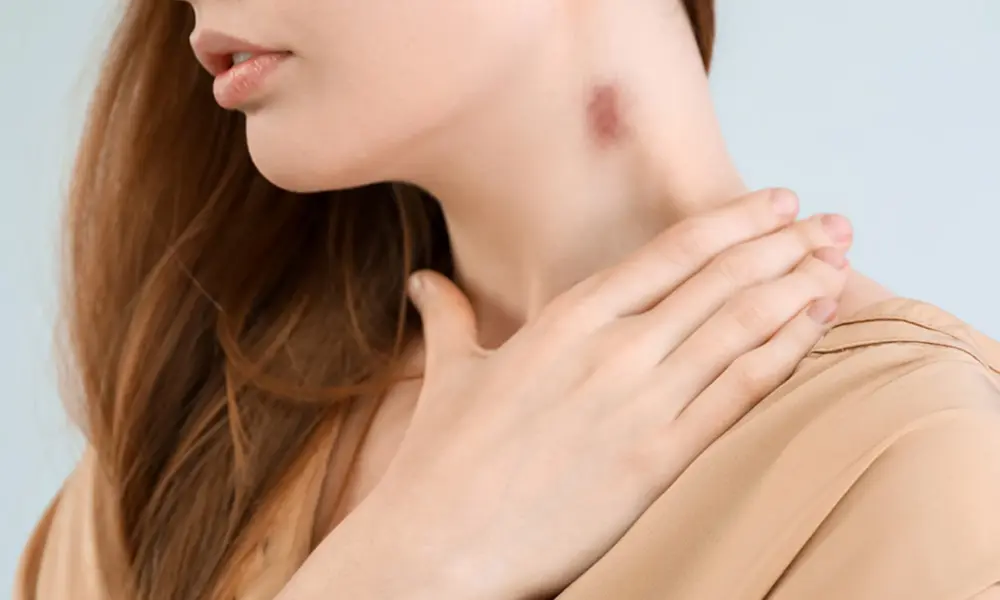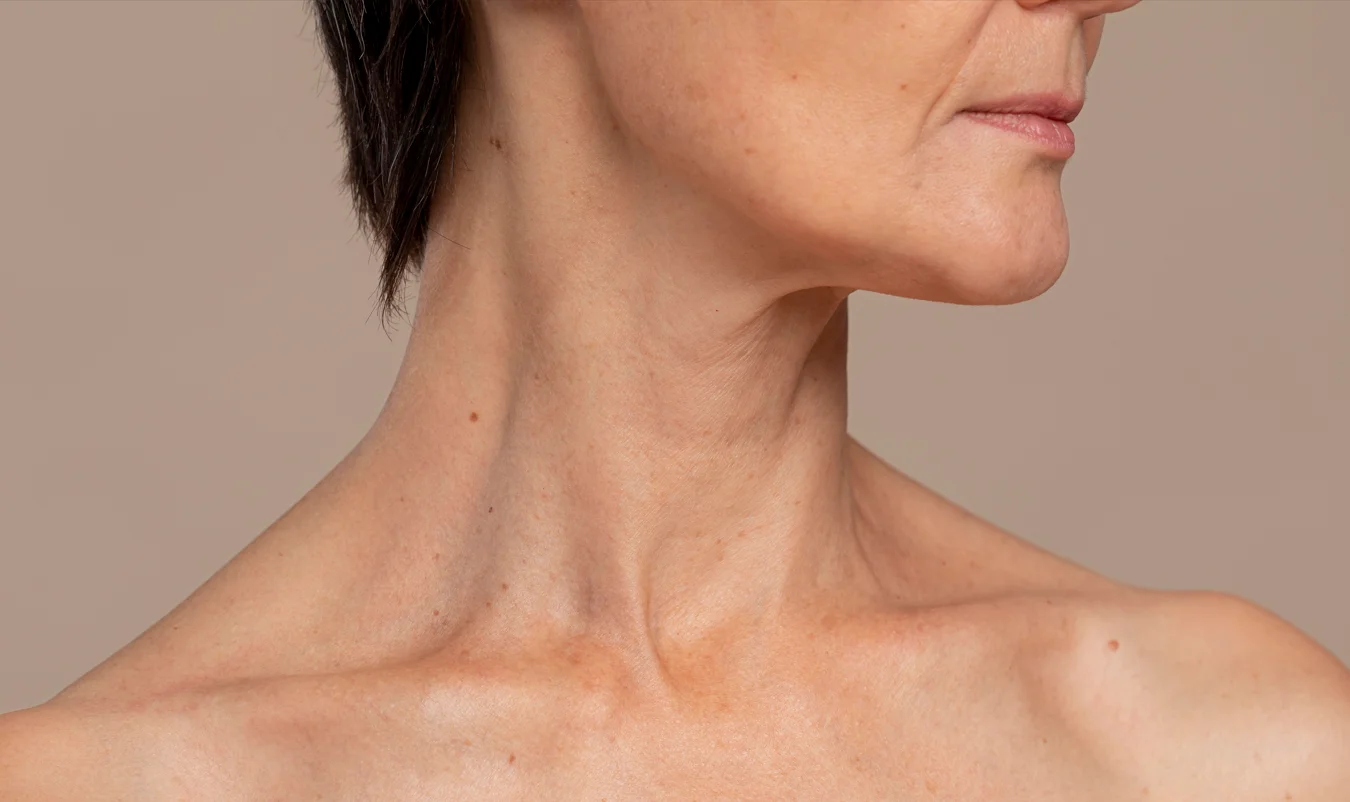
RF Microneedling has gained significant attention as a revolutionary treatment for achieving firmer and younger-looking skin. By combining the benefits of microneedling with radiofrequency energy, this procedure stimulates the production of collagen and elastin, two essential proteins that contribute to the skin’s overall elasticity and firmness. This process enhances the skin’s natural healing, resulting in a more youthful and rejuvenated appearance.
This treatment is not only effective but also considered safe for most skin types. Patients have reported noticeable improvements in skin texture, tone, and tightness, making it a popular choice for those looking to combat the signs of ageing without undergoing invasive surgery. The procedure involves tiny needles that create micro-injuries, which trigger the body’s natural healing response, further amplifying the benefits of radiofrequency energy.
Many individuals seek RF Microneedling treatment for its minimal downtime and impressive results. This modern skincare solution offers a practical approach to achieving smoother, healthier-looking skin, driven by the body’s renewed collagen and elastin production. For anyone exploring options to restore a youthful glow, RF Microneedling presents a compelling choice worth considering.
Understanding RF Microneedling
RF Microneedling combines traditional microneedling with radiofrequency energy to enhance skin rejuvenation. This non-invasive treatment addresses issues like fine lines, wrinkles, and acne scars by stimulating collagen and elastin production.
The Procedure Explained
RF Microneedling involves using a specialised microneedling device equipped with tiny needles. These needles create micro-injuries in the skin, promoting natural healing processes.
During the procedure, radiofrequency energy is simultaneously delivered through these needles. The energy heats the deeper layers of the skin, enhancing collagen and elastin production.
A numbing cream is typically applied before the treatment to ensure comfort. Sessions usually last between 30 to 60 minutes. Post-treatment, patients might experience mild redness and swelling, resembling a sunburn, which usually subsides within a few days.
Benefits of RF Microneedling
RF Microneedling offers numerous advantages for skin rejuvenation. It effectively improves skin texture and tone, reducing the appearance of fine lines, wrinkles, and acne scars.
By stimulating collagen and elastin production, it provides a noticeable skin tightening effect, contributing to a firmer, more youthful appearance.
The treatment is suitable for most skin types and results in minimal downtime compared to more invasive procedures. Patients often see gradual improvements in skin quality over several sessions, with the full benefits becoming more apparent over time.
Maximising Your Treatment
Achieving the best results with RF Microneedling requires careful preparation and thorough aftercare, along with selecting a qualified practitioner. These steps help ensure effective treatment with minimal downtime.
Preparation and Aftercare
Before treatment, it’s crucial to follow several guidelines. A consultation helps tailor the skin treatment to individual needs and identify any health concerns. Avoid sun exposure and sunscreen for at least one week before the session to reduce skin sensitivity.
On the day of the treatment, a numbing cream is often applied to minimise discomfort. Post-treatment, redness and swelling are common but typically subside within a few days. Applying gentle skincare products, avoiding harsh chemicals, and wearing sunscreen are critical for proper healing.
Three to four treatments, spaced about six weeks apart, are generally recommended for facial treatments, the neck, and the chest. This schedule helps achieve firmer, younger-looking skin.
Choosing Your Practitioner
Selecting the right practitioner significantly impacts results. Look for certified and experienced professionals who specialise in RF Microneedling and offer detailed consultations. The practitioner should explain the treatment process, potential side effects, and aftercare requirements.
Reading reviews and considering before-and-after photos of previous clients can provide insight into their expertise. It’s also helpful to ask about the types of equipment used and ensure they meet the latest standards.
Building a rapport with the practitioner is important. Trust and communication can enhance the treatment experience and outcomes.




